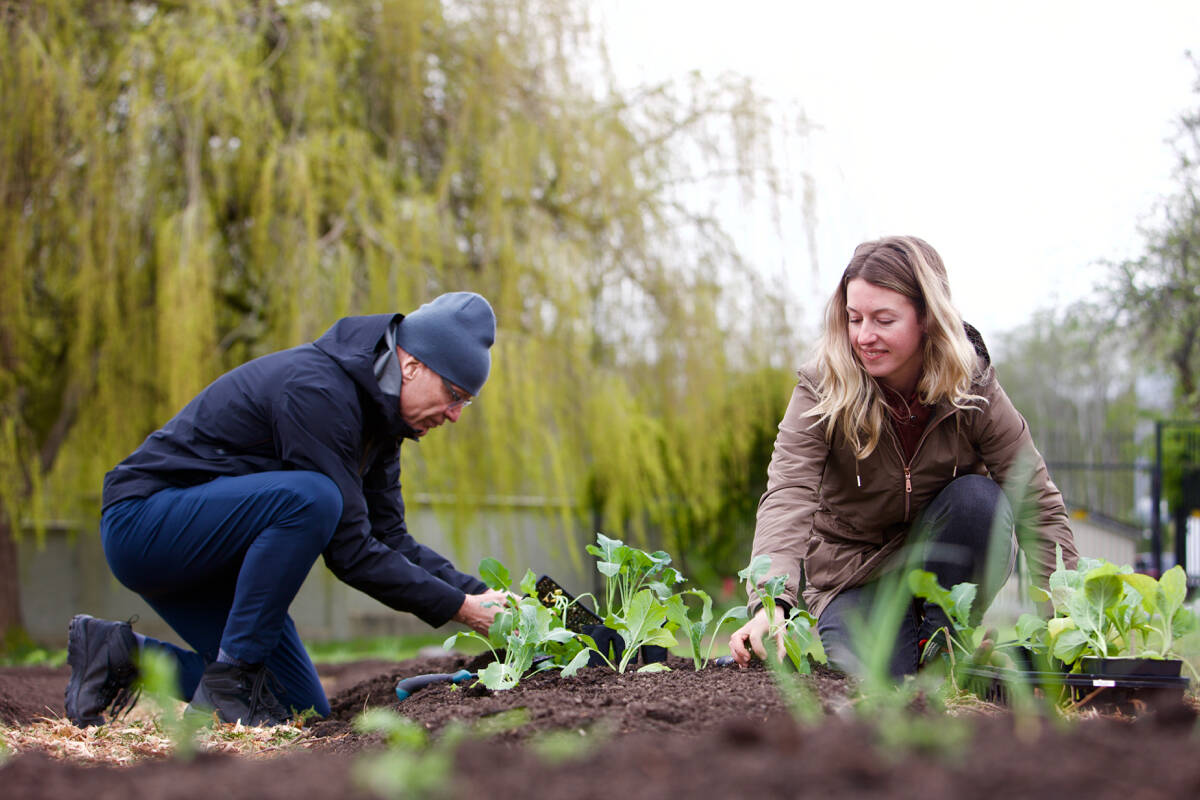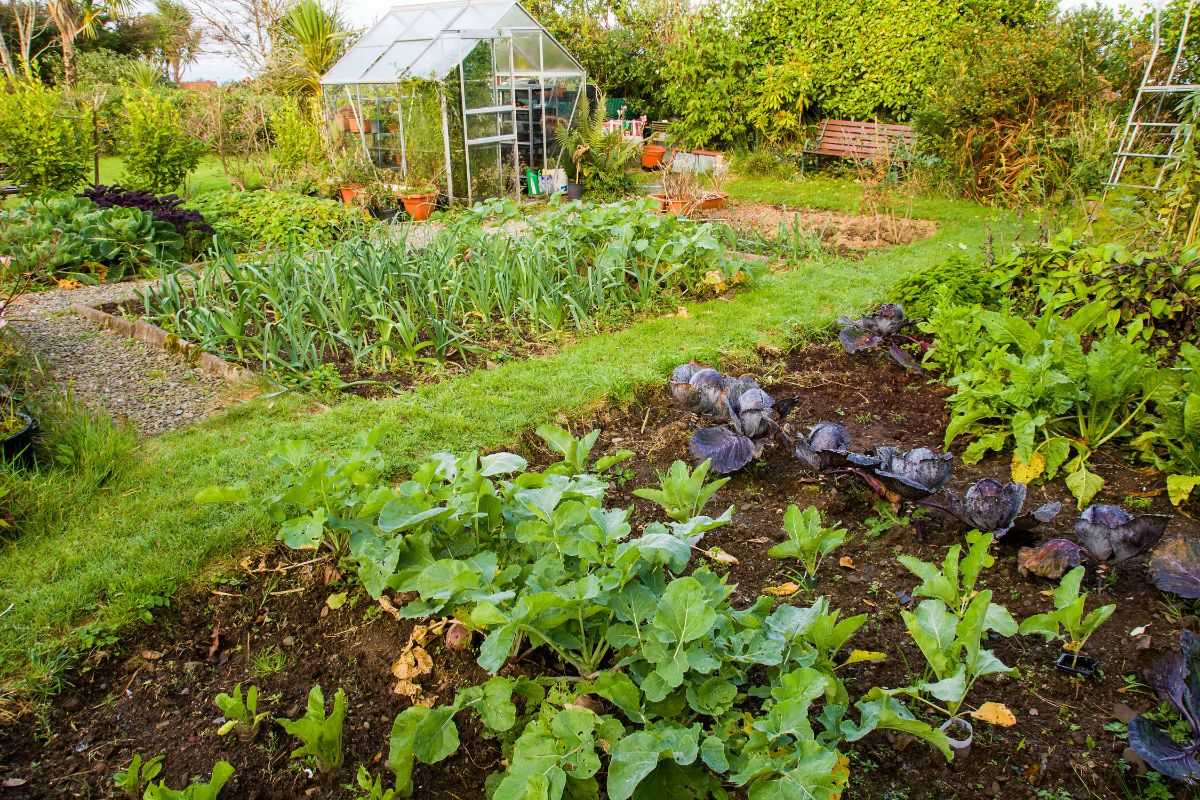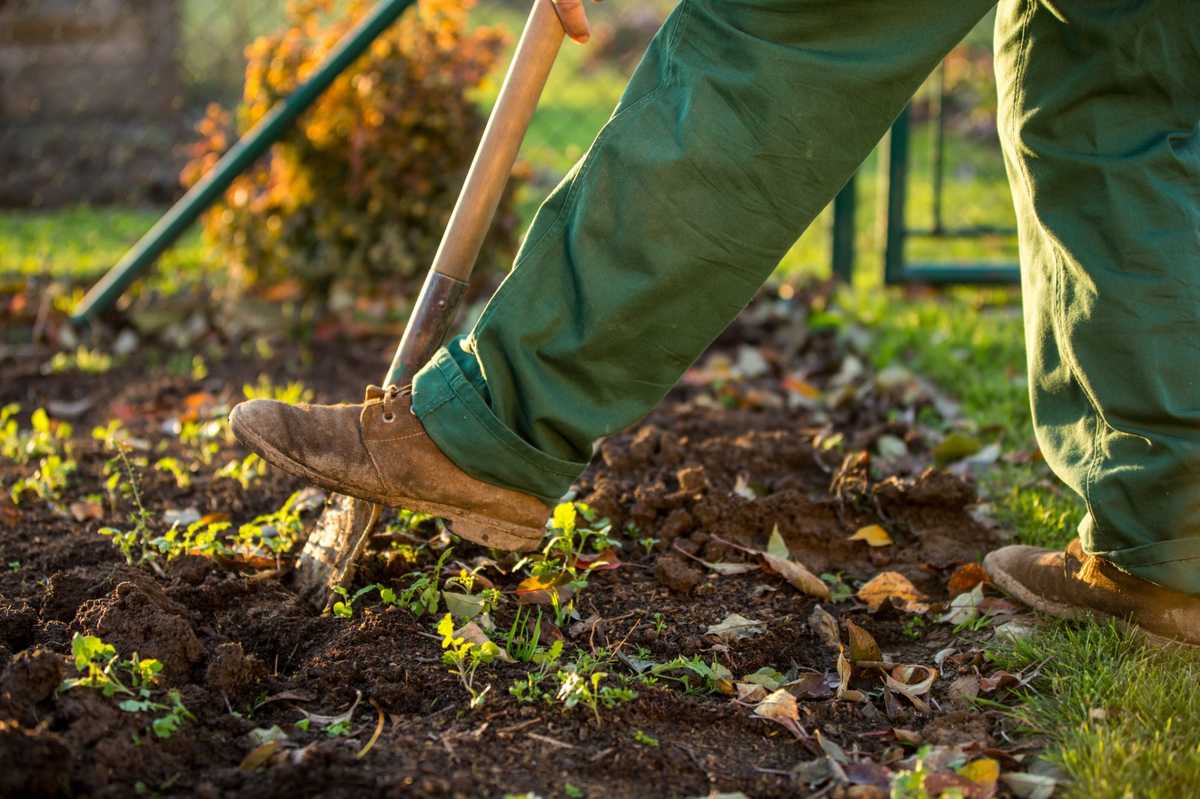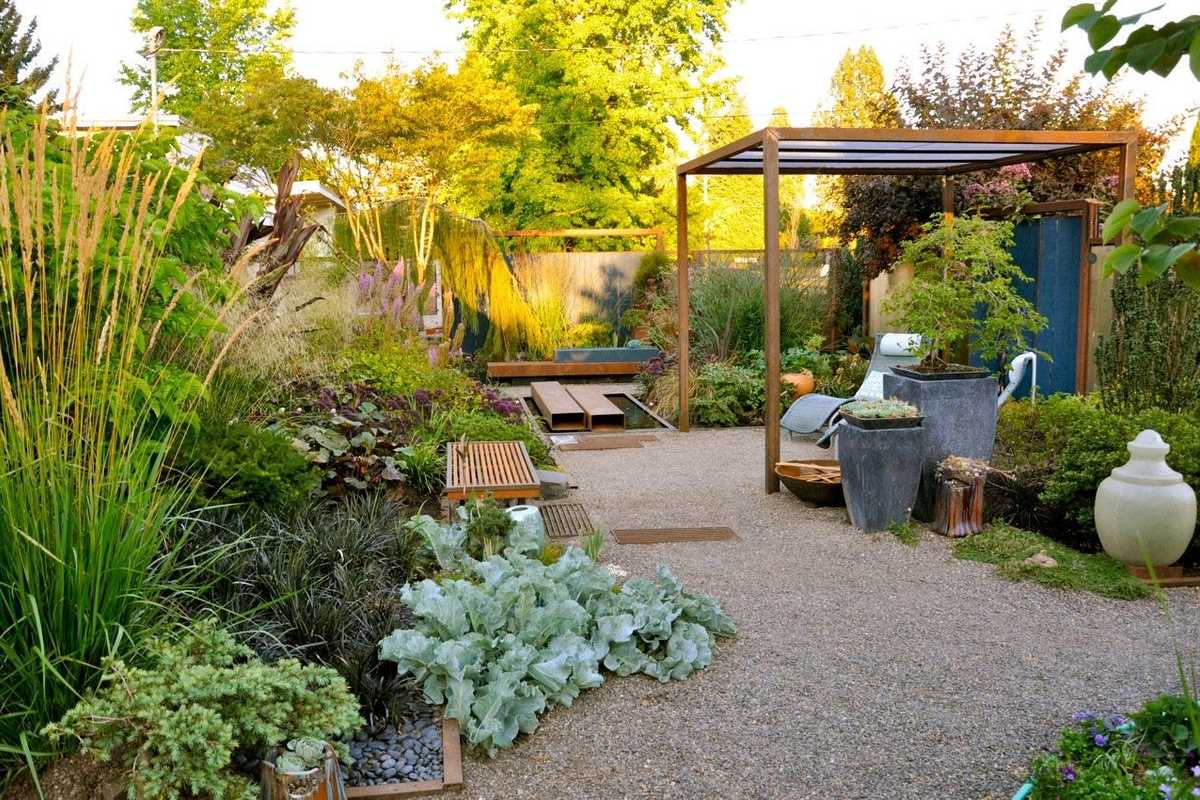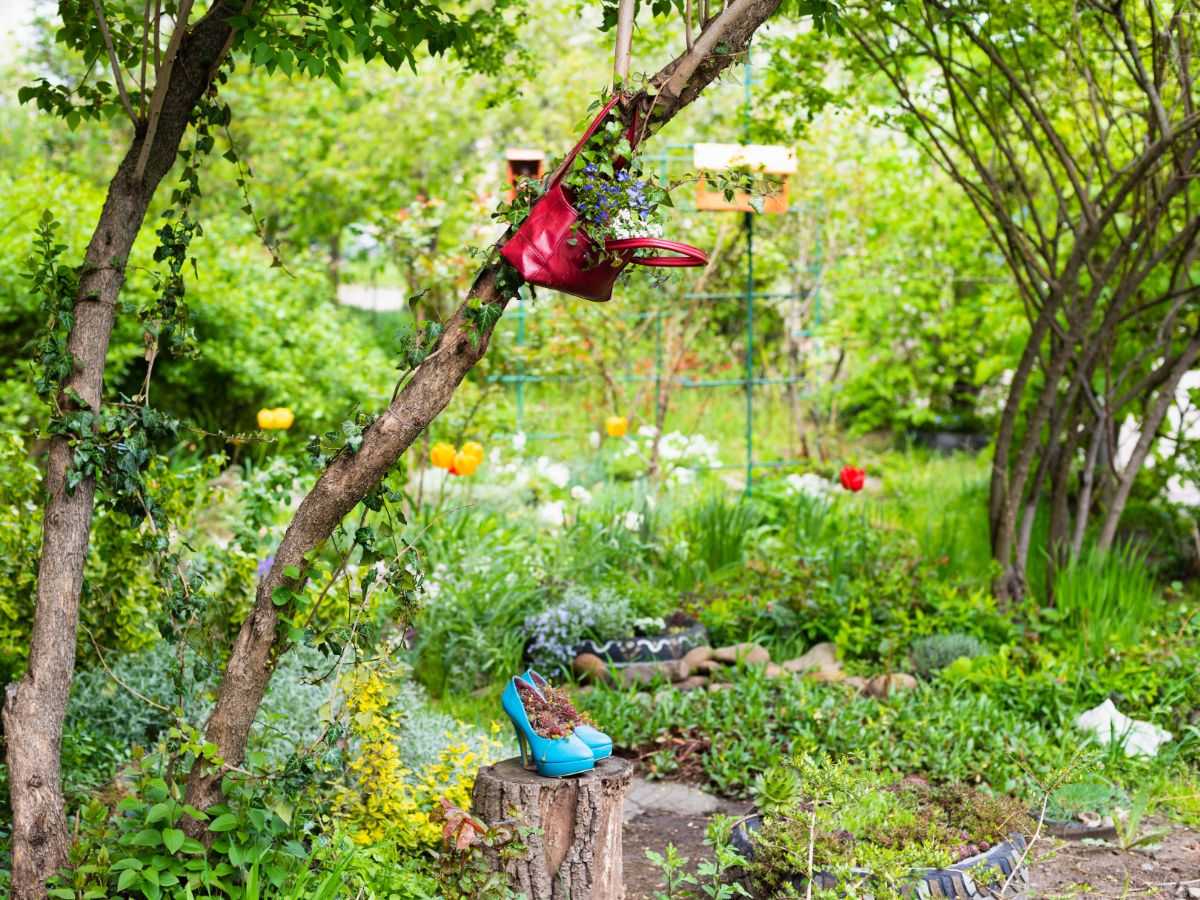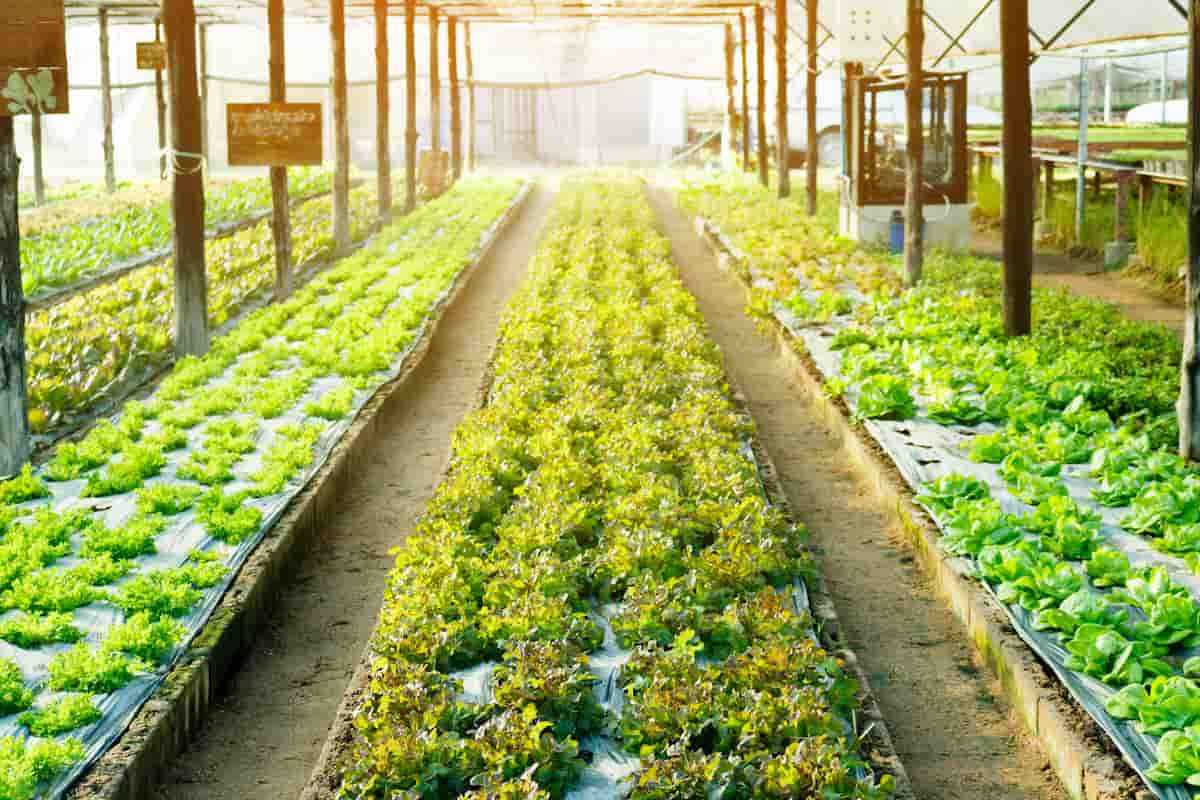Sustainable gardening goes beyond simply growing plants; it encompasses a holistic approach that aims to harmonize the natural ecosystem, conserve resources, and minimize environmental impact.
Native Plants
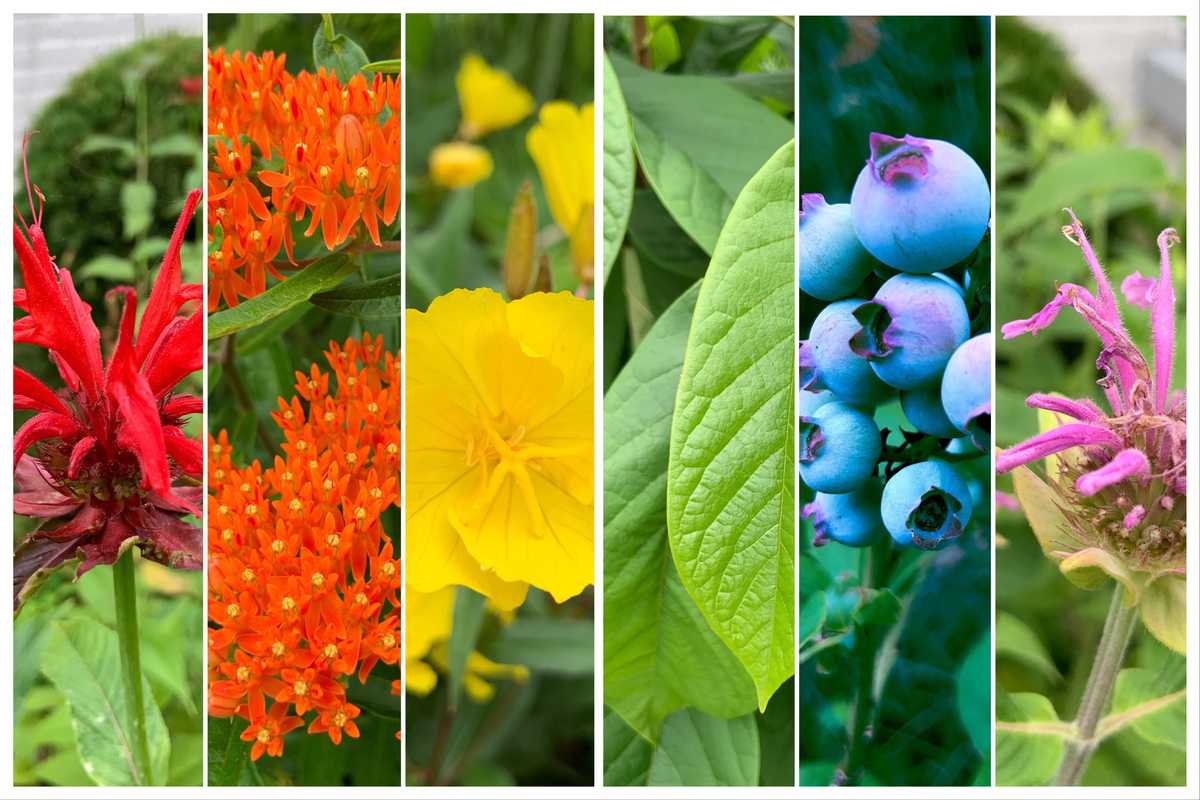
At its core, sustainable gardening seeks to mimic the balance and diversity found in natural ecosystems. This approach involves selecting native plants that are adapted to the local climate and soil conditions, thereby reducing the need for excessive water, fertilizers, and pesticides.
By avoiding invasive species and choosing plants that have evolved to thrive in the region, gardeners can establish a self-sustaining environment that requires less intervention.
Composting
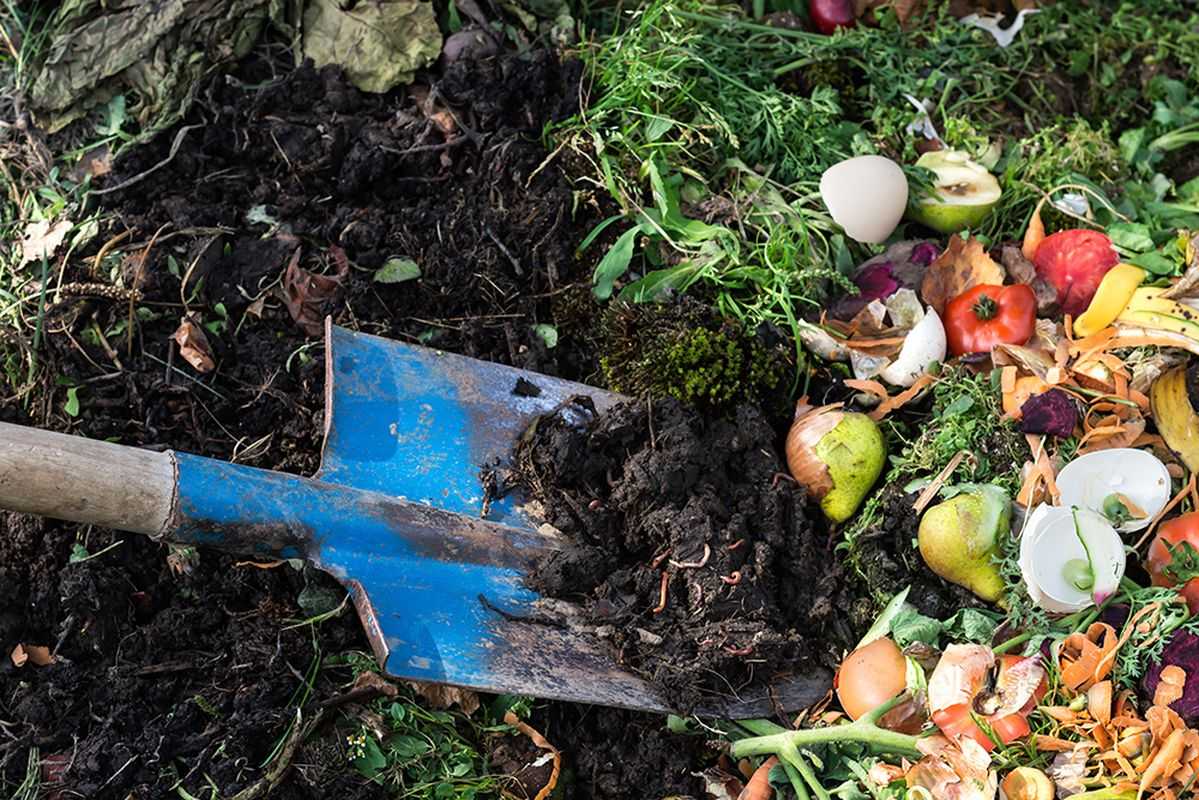
Composting plays a vital role in sustainable gardening. Rather than discarding organic matter as waste, gardeners can recycle materials like kitchen scraps, leaves, and yard trimmings into nutrient-rich compost.
This not only reduces landfill waste but also enriches the soil naturally, enhancing its structure and fertility. Healthy soil, in turn, promotes plant growth and resilience, requiring fewer chemical interventions.
Water-Wise Strategies
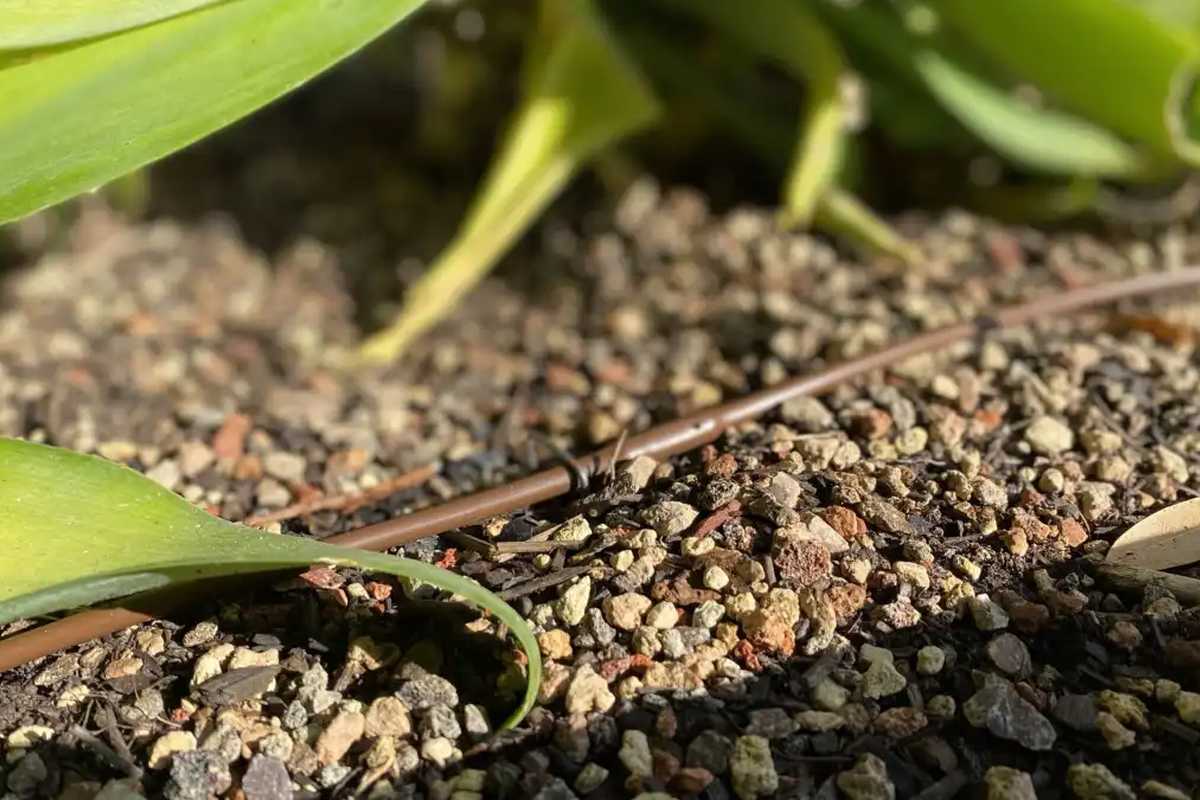
Water conservation is a cornerstone of sustainable gardening. Utilizing techniques such as mulching and drip irrigation minimizes water evaporation and targets the root zones of plants, optimizing water use.
Collecting rainwater in barrels provides an eco-friendly water source, reducing the demand for municipal water supplies.
Cultivating Biodiversity
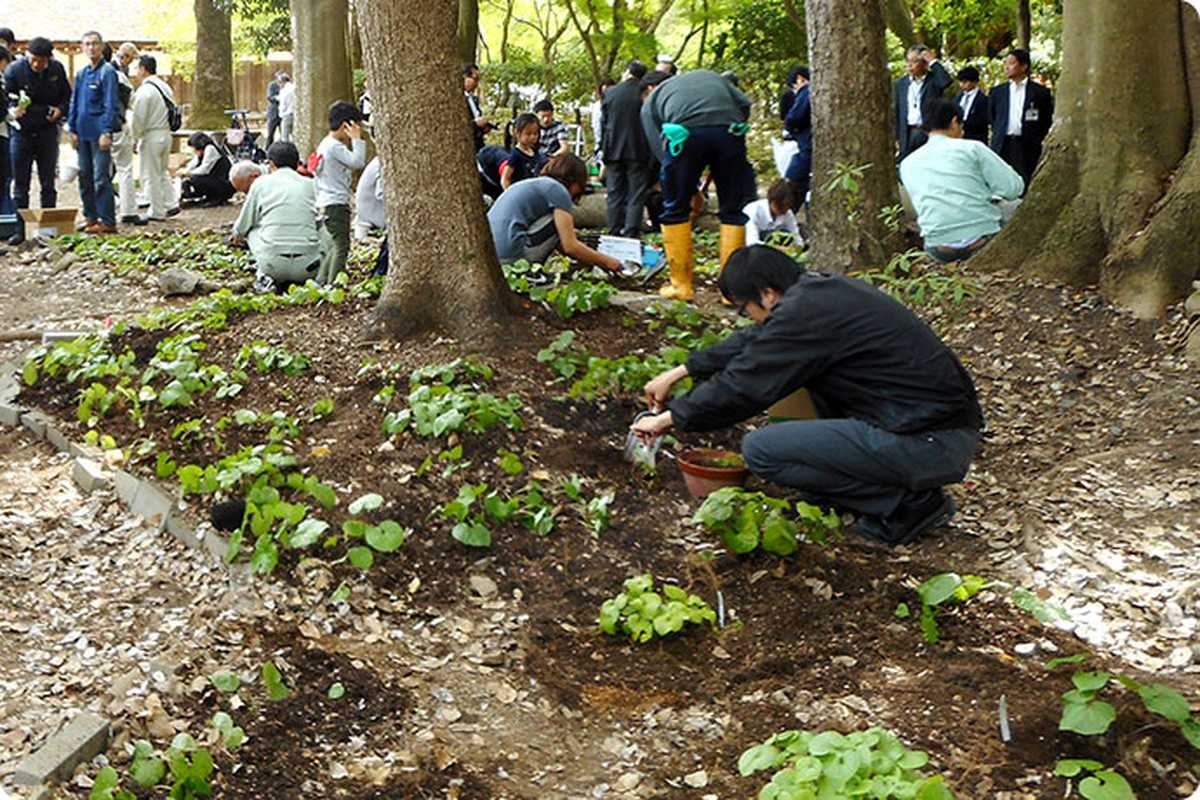
One of the central tenets of sustainable gardening is biodiversity. Planting a variety of species attracts beneficial insects, pollinators, and birds, fostering a balanced ecosystem. These natural allies help control pests, reducing the need for chemical pesticides that can harm both the environment and human health.
Longevity Over Disposability
Sustainable gardening also extends to horticultural practices that prioritize longevity over disposability. Opting for perennial plants, which return year after year, reduces the need for replanting and the associated resource consumption.
Additionally, allowing plants to go to seed at the end of the season encourages natural regeneration.
Innovations in Green Cultivation
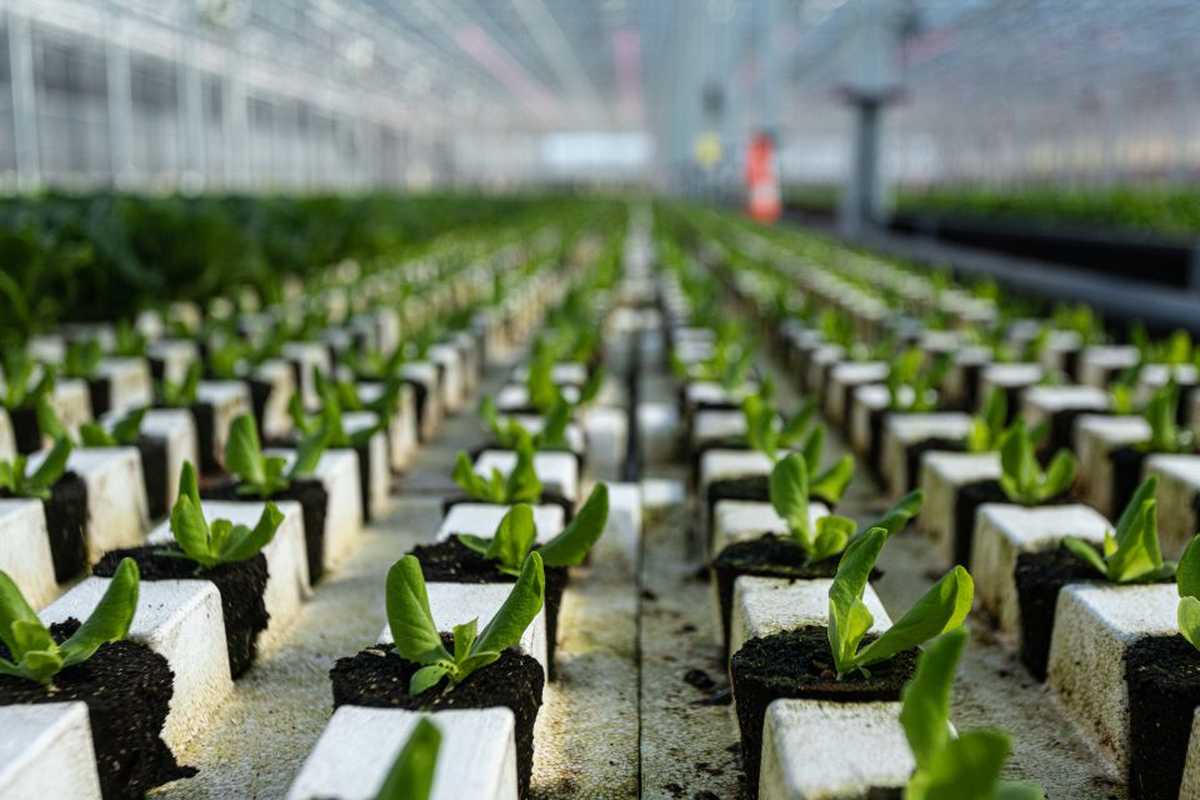
Technology and innovation play their part in sustainable gardening as well. Hydroponic and aquaponic systems enable year-round cultivation in controlled environments, using significantly less water compared to traditional methods.
Moreover, urban gardening and vertical farming can transform underutilized spaces into productive green areas, promoting local food production and reducing carbon emissions from transportation.
Conclusion
In a world where every action counts, sustainable gardening stands as a powerful way to make a positive impact. By working in harmony with nature, conserving resources, and fostering biodiversity, gardeners become stewards of the environment.
Whether it’s a small backyard plot or a community garden, the principles of sustainable gardening pave the way for a greener future, one plant at a time.

